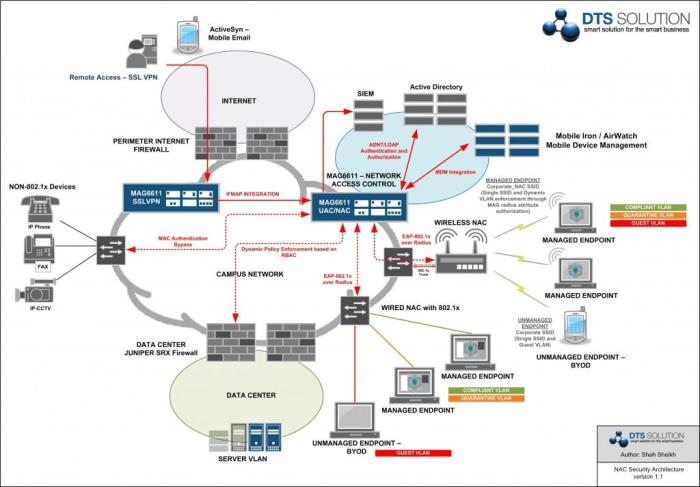Malware doesn’t easily exploit browser vulnerabilities, a topic that has garnered significant attention in recent years due to the increasing sophistication of malware and the growing reliance on web browsers for various online activities. This article delves into the evolving landscape of browser security, highlighting the challenges and advancements in mitigating malware threats.
Despite the perception that browsers are inherently vulnerable, modern browsers have implemented robust security features that make it increasingly difficult for malware to exploit vulnerabilities. These measures include sandboxing, content filtering, and regular security updates, which collectively create a formidable defense against malicious attacks.
Impact of Advanced Browser Security Measures: Malware Doesn’t Easily Exploit Browser Vulnerabilities
Browser vendors have continuously enhanced security features to combat malware exploitation. These measures include:
Sandboxing
- Isolates malicious code within a separate process, preventing it from accessing other parts of the system.
- Reduces the impact of zero-day vulnerabilities and drive-by downloads.
Content Filtering
- Blocks malicious content from loading on websites, such as phishing links and drive-by downloads.
- Relies on blacklists and machine learning algorithms to identify suspicious content.
Cross-Site Scripting (XSS) Protection, Malware doesn’t easily exploit browser vulnerabilities
- Prevents attackers from injecting malicious scripts into websites, which can steal user credentials or redirect to phishing sites.
- Uses input validation and context-aware filtering to detect and block XSS attacks.
Role of User Education and Awareness
Educating users about browser security is crucial in reducing malware vulnerability. Best practices include:
Promoting Responsible Browsing Habits
- Encouraging users to avoid suspicious websites and downloads.
- Educating them about phishing scams and social engineering attacks.
User Awareness Campaigns
- Disseminating information about browser security through campaigns and training programs.
- Raising awareness about the risks of malware and providing tips for prevention.
Technical Innovations in Malware Detection and Prevention

Malware detection tools employ innovative techniques to identify and neutralize threats:
Machine Learning
- Analyzes large datasets of malware samples to identify patterns and create predictive models.
- Detects previously unknown malware and zero-day attacks.
Artificial Intelligence
- Uses deep learning algorithms to automatically analyze and classify malware.
- Improves detection accuracy and reduces false positives.
Behavioral Analysis
- Monitors browser activity and identifies suspicious behavior patterns associated with malware.
- Detects malware that attempts to exploit browser vulnerabilities or steal sensitive data.
Cross-Platform Compatibility and Browser Vulnerabilities

Maintaining browser security across multiple platforms and devices poses challenges:
Cross-Platform Vulnerabilities
- Browser code differences between platforms can introduce vulnerabilities.
- Malware authors exploit these differences to target specific platforms.
Device Diversity
- Mobile devices and IoT devices have unique security requirements.
- Malware can exploit vulnerabilities in these devices to access sensitive data or control the device.
Future Trends in Browser Security and Malware Mitigation

Emerging trends in browser security and malware mitigation include:
Cloud-Based Security Solutions
- Leverage cloud computing to provide real-time malware detection and prevention.
- Analyze massive datasets of malware samples and provide protection against zero-day attacks.
Zero-Trust Models
- Assume all users and devices are potentially malicious.
- Implement strict access controls and continuous authentication to prevent unauthorized access.
Research and Development
- Ongoing research in browser security to identify and mitigate emerging threats.
- Development of new technologies and standards to enhance browser protection.
Expert Answers
How do browsers protect against malware?
Modern browsers employ a range of security features, such as sandboxing, content filtering, and regular security updates, to prevent malware from exploiting vulnerabilities.
What is the role of user education in preventing malware infections?
User education is crucial in reducing browser vulnerability to malware. By promoting responsible browsing habits, such as avoiding suspicious websites and exercising caution when downloading files, users can significantly minimize the risk of infection.
How do malware detection tools identify and neutralize threats?
Malware detection tools use advanced techniques, including machine learning and artificial intelligence, to identify and neutralize malware. These tools monitor system activity and behavior to detect suspicious patterns and prevent malware from executing or spreading.